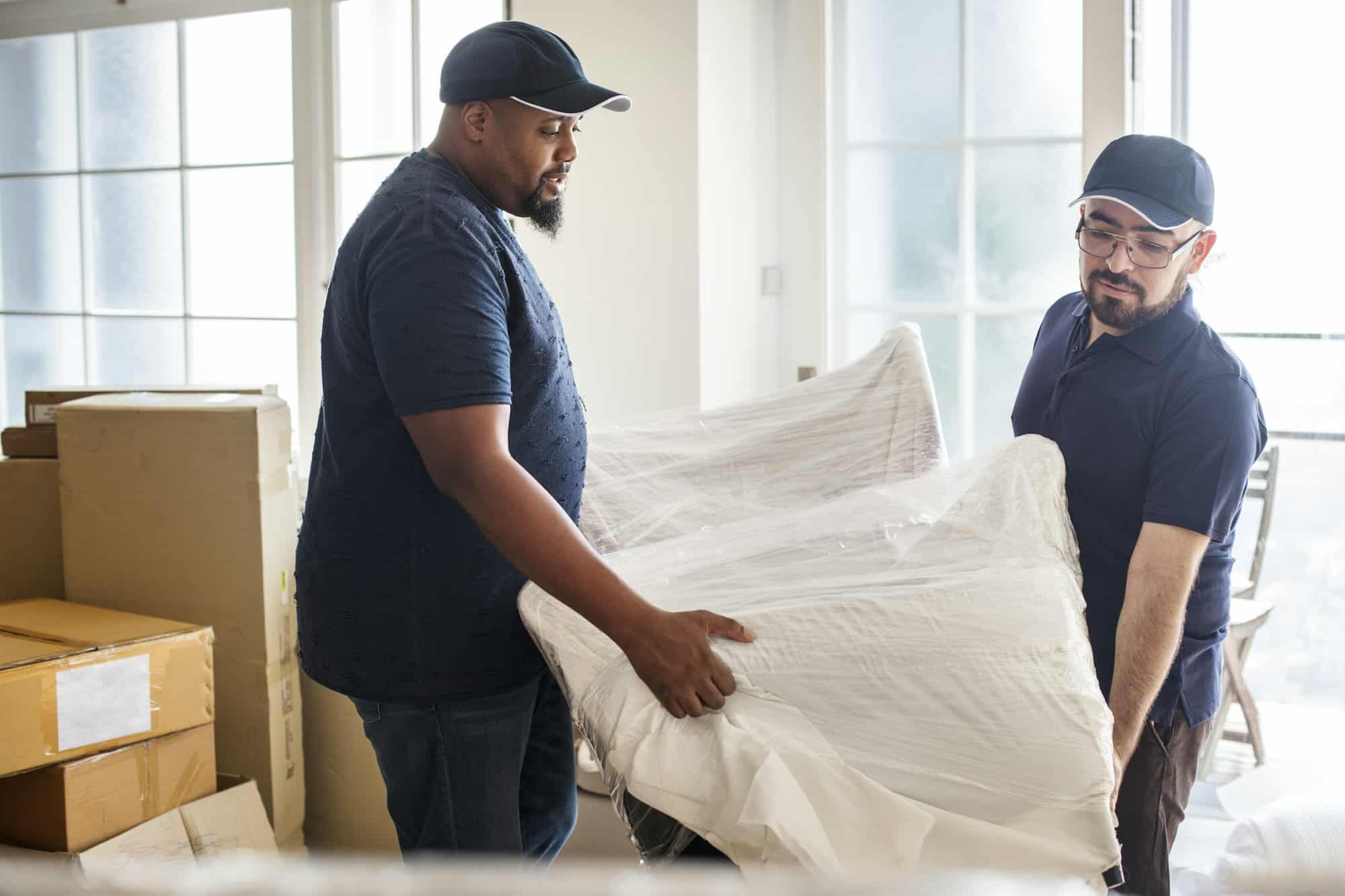Summary:
Why Standard Moving Methods Destroy Valuable Furniture
Oversized and antique furniture fails during moves because amateur attempts ignore weight distribution, structural weak points, and environmental factors that affect different materials. Your solid oak dining table weighs 180-220 pounds, but the real challenge isn’t the weight—it’s the way antique joinery responds to stress. Traditional mortise-and-tenon joints, common in pre-1940s furniture, can separate when lifted incorrectly, causing splits that render pieces worthless. Modern oversized furniture presents different challenges: particle board components can delaminate under pressure, while fabric and leather surfaces tear when dragged across rough surfaces. Professional movers prevent these failures by analyzing each piece’s construction, identifying stress points, and using lifting techniques that distribute forces across strong structural elements rather than vulnerable decorative features.
Custom Rigging Systems for Weight Distribution
Moving a 400-pound armoire requires more than muscle—it demands physics. Professional movers use adjustable lifting straps rated for 1,800 pounds, positioned at calculated points that align with internal frame structures. These straps feature cam-buckle systems that maintain tension while allowing controlled movement, preventing the sudden shifts that crack joints or split wood. The lifting technique involves synchronized movements where each mover maintains specific angles, typically 15-20 degrees from vertical, distributing the piece’s weight across multiple contact points rather than concentrating stress on corners or edges.
Doorway Navigation Without Damage
Florida’s historic homes, particularly in downtown Orlando and Mount Dora, feature doorways measuring just 30-32 inches wide, compared to modern 36-inch standards. Moving large furniture through these openings requires door frame removal techniques that preserve original millwork. Professional movers remove hinge pins rather than attempting to force pieces through tight spaces, then reinstall hardware using the original screw holes to maintain structural integrity and historical authenticity.
Protective Materials That Prevent Surface Damage
Your antique furniture’s finish represents decades or centuries of patina that adds significant value—damage to these surfaces can reduce an item’s worth by 40-60%. Professional movers use specific materials chosen for each surface type: moving blankets with 1-inch polyester batting for general protection, acid-free tissue paper for direct contact with delicate finishes, and stretch wrap applied with controlled tension to secure padding without adhesive contact. Corners receive extra protection through custom-cut foam blocks that distribute pressure across wider areas, preventing the concentrated stress that creates dents or gouges. For pieces with protruding elements like carved details or hardware, movers craft cardboard templates that surround these features, creating protective barriers that maintain original spacing while preventing contact damage during transport.
Climate-Controlled Transport for Material Stability
Florida’s humidity swings from 45% during winter months to 85% in summer, causing wood to expand and contract in ways that stress joints and warp surfaces. Professional moving trucks maintain consistent 45-55% humidity through active climate control systems, preventing the moisture fluctuations that cause veneer lifting, joint separation, and metal hardware corrosion. Temperature stability between 65-72°F prevents thermal expansion that can crack finishes or loosen hardware.
Assembly and Disassembly Techniques That Preserve Value
Some oversized pieces require partial disassembly for safe transport, but improper techniques can destroy original hardware or create new stress points. Professional movers photograph connection points before disassembly, documenting hardware orientation and joint relationships. They use magnetic parts trays to organize screws and brackets by location, preventing mix-ups that can damage threads or create improper fits during reassembly. Power tools are avoided in favor of hand tools that provide precise torque control, preventing over-tightening that strips vintage screw holes or cracks aged wood.
Protect Your Furniture Investment With Professional Expertise
Moving oversized or antique furniture successfully requires specialized knowledge, custom equipment, and techniques developed through years of experience with valuable pieces. The $300-500 investment in professional moving services protects furniture worth thousands while eliminating the stress and physical risk of attempting these challenging moves yourself. Your valuable pieces deserve protection that matches their importance to your home and family history. Contact us today to discuss your specific moving needs and learn how our specialized techniques keep your treasured furniture safe throughout the relocation process, arriving at your new home in the same condition it left your old one.





